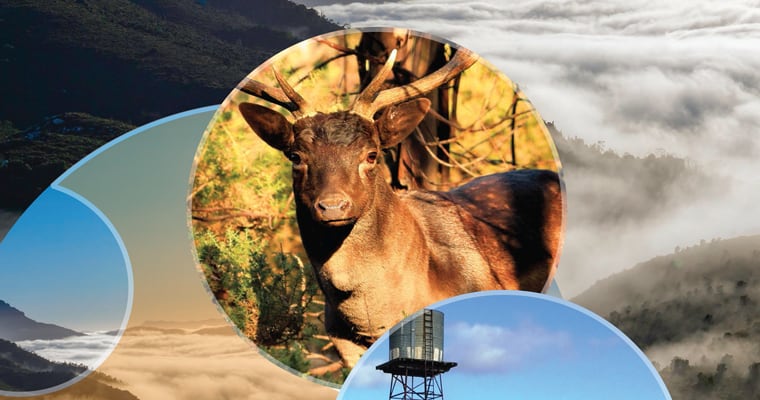After a decade-long delay, the Tasmanian State of Environment report has finally been released, affirming what the Invasive Species Council has warned the government for years: invasive species are rapidly overtaking Tasmania’s unique wildlife and landscapes.
The report reveals that since 2009, 100% of the high-threat pest species assessed have increased, with an alarming 41 additional species added to the endangered or threatened list since 2002. It also highlights the critical funding gaps that have allowed this crisis to spiral out of control.
The Commission recommends that the Tasmanian government:
- Removes protections of wild fallow deer from regulatory frameworks, including the Nature Conservation (Wildlife) Regulations 2023.
- Continues support of the implementation of the Tasmanian Wild Fallow Deer Management Plan 2022–2027.
- Develops and implements a strategy for the control of feral cats.
- Regularly reviews programs dealing with biosecurity matters and invasive species to ensure these programs are properly resourced, strengthened, and prioritised.
- Receives regular reports on the state of biosecurity and invasive species.
Dr Tiana Pirtle, Invasive Species Council’s Tasmanian Conservation Officer said: ‘This report confirms what we already knew – invasive species are on the rise and posing an unprecedented threat to Tasmania’s unique wildlife.
‘It is appalling to see 100% of high-threat pest species assessed in this report, including feral deer, cats and foxglove, have increased since 2009. This is the result of a lack of strategy, action, and funding from the Tasmanian government, which has allowed pests, weeds and diseases to proliferate in national parks and the World Heritage Area.
‘Tasmania is a remarkable island, with native wildlife found nowhere else on earth and has highly valued agriculture, forestry and tourism sectors.
‘But all of this is under threat due to a lack of funding and focus from the government to protect Tasmania from highly damaging invasive species like feral deer, feral cats and weeds.
‘Feral deer numbers have jumped dramatically to potentially more than 100,000 and they are now trampling and trashing the state, including iconic protected areas like Freycinet National Park and the World Heritage Area.
‘As this report highlights, it’s absurd that in Tasmania feral deer are still protected by law rather than treated as a serious invasive threat.
‘Feral and roaming pet cats hunt and kill millions of our native birds and small mammals every year. They have helped push at least 25 native Australian species into extinction and now imperil at least 50 Tasmanian animals.
‘Tasmania needs an updated state-wide feral cat strategy and dedicated funding for island eradication efforts such as the Tasmanian Aboriginal Centre’s feral cat eradication proposal for Lungtalanana/Clarke Island.
‘This report should serve as a wake-up call for the Tasmanian government. The recent state budget doesn’t reflect the commitment needed to tackle these invasive species issues.
‘The good news is that with investment and commitment, Tasmania could turn this around and become a wildlife revival success story. To do this, the Tasmanian government should commit to no new extinctions, reflecting the federal commitment.
‘The ball is now in the government’s court to take this opportunity to make a real impact and adopt these recommendations.’
Media inquiries: (02) 8006 5004
Photos and other multimedia to accompany this story are available here.
Background information:
- The Invasive Species Council is an independent non-government organisation that advocates for stronger laws, policies and programs to keep Australian biodiversity safe from weeds, feral animals and other invaders.
- Every year feral and pet cats in Australia kill over 1 billion mammals, 400 million birds, 600 million reptiles and 90 million frogs.
- The feral deer population in Tasmania has grown fortyfold since the 1980s to around 100,000 and continues to grow at about 11.5% per annum.
- Tasmania is among the last states to continue to protect feral deer as a hunting resource rather than managing them as a serious invasive threat.
- Tasmania has over 300 offshore islands. 56 of these have introduced and/or invasive animals present. This includes serious invasive threats to some iconic islands such as feral cats and deer on Bruny Island, feral pigs on Flinders Island, and feral cats on Lungtalanana/Clark Island (declared an Indigenous Protected Area in 2009).
- Tasmania has the highest number of introduced plants per hectare of all Australian states and territories. Weeds cost Tasmania more than $58 million a year.









